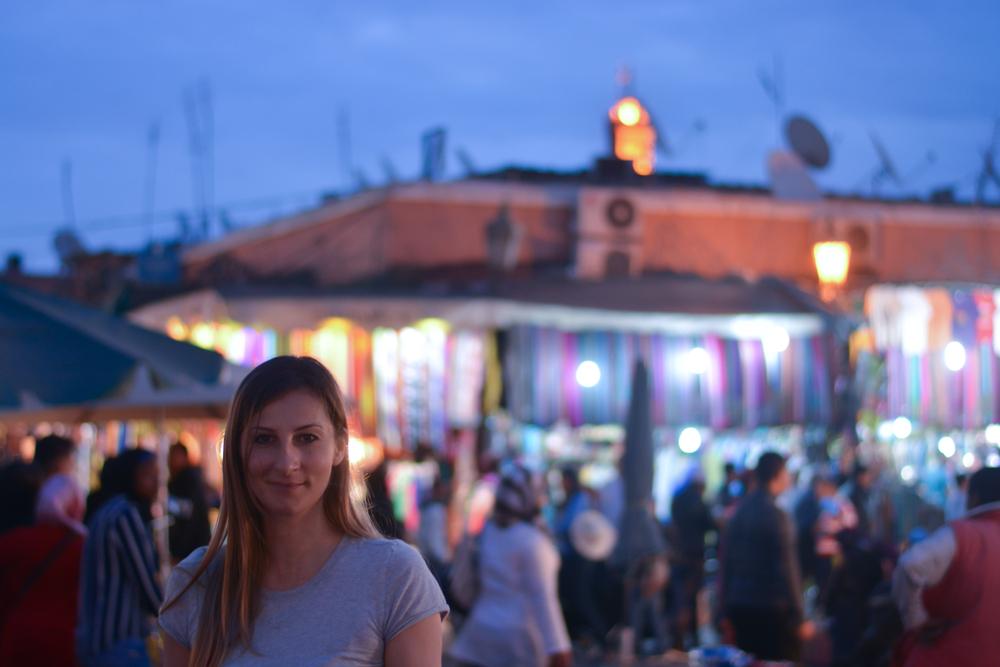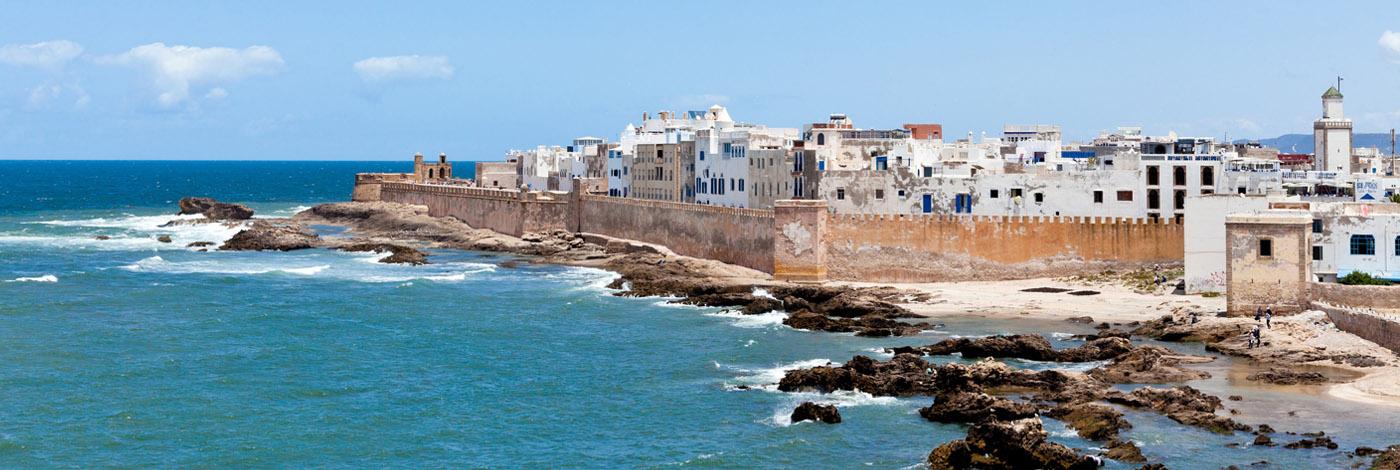
Casablanca
Casablanca, the largest city in Morocco, is a captivating destination that seamlessly blends its rich history, vibrant culture, and modern architecture. As the commercial and economic hub of the country, Casablanca has evolved into a thriving metropolis that captivates visitors from around the world. From the iconic Hassan II Mosque to the bustling markets and charming neighborhoods, Casablanca offers a unique and unforgettable travel experience.
History and Significance of Casablanca City
Casablanca's history dates back to the 7th century, when it was a small fishing village known as Anfa. Over the centuries, the city has witnessed numerous transformations, including periods of Phoenician, Roman, and Berber rule. In the early 20th century, Casablanca experienced a significant period of growth and development under French colonial rule, which left a lasting impact on the city's architecture and infrastructure.
Today, Casablanca stands as a testament to its rich history, serving as a hub of commerce, finance, and culture in Morocco. The city's strategic location on the Atlantic coast has made it a vital port and a gateway to the country, contributing to its economic and social importance.
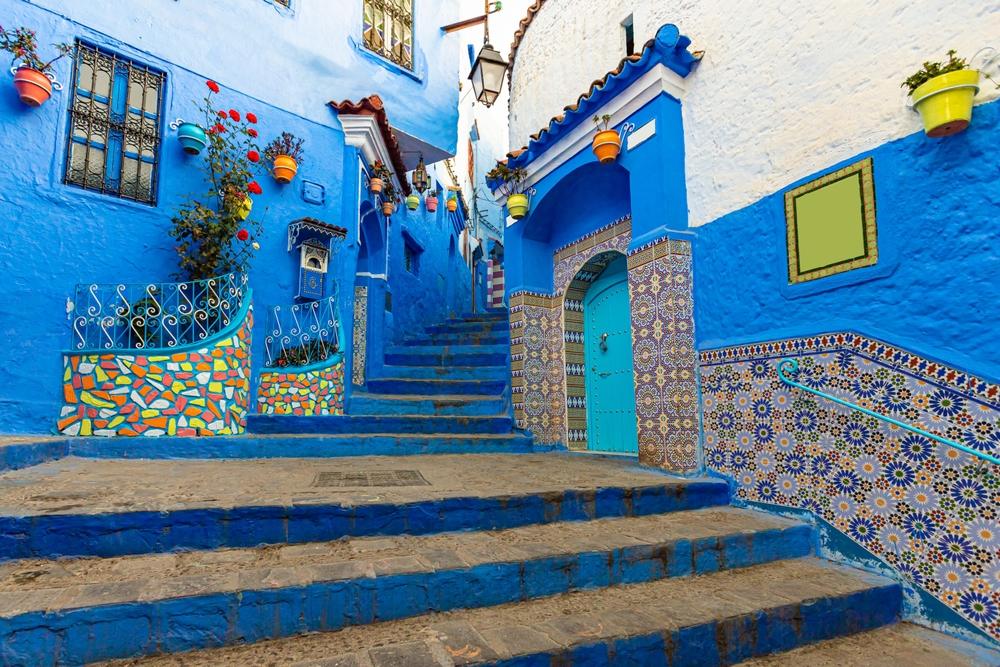
Top Attractions in Casablanca City
Hassan II Mosque: One of the largest mosques in the world, the Hassan II Mosque is a stunning architectural masterpiece that showcases the intricate craftsmanship and design elements of Moroccan Islamic architecture. Visitors can explore the mosque's interior, which can accommodate up to 25,000 worshippers, and admire the towering minaret that stands as a prominent landmark in the city.
Corniche: The Corniche, a seaside promenade, offers breathtaking views of the Atlantic Ocean and is a popular spot for strolling, jogging, and enjoying the lively atmosphere. Along the Corniche, visitors can find cafes, restaurants, and recreational areas that cater to both locals and tourists.
Old Medina: Casablanca's Old Medina, or historic city center, is a captivating maze of narrow streets, traditional Moroccan architecture, and bustling souks (markets). Visitors can explore the vibrant markets, browse local handicrafts, and immerse themselves in the city's rich cultural heritage.
Casablanca Cathedral: The Casablanca Cathedral, also known as the Sacré-Cœur Cathedral, is a stunning example of Moorish and Art Deco architectural styles. Constructed in the early 20th century, the cathedral's impressive facade and interior design make it a must-visit destination for architecture enthusiasts.
Habous Quarter: The Habous Quarter, or the New Medina, is a charming neighborhood that showcases the city's blend of traditional Moroccan and French colonial influences. Visitors can stroll through the quaint streets, admire the intricate architectural details, and browse the local artisanal shops and boutiques.
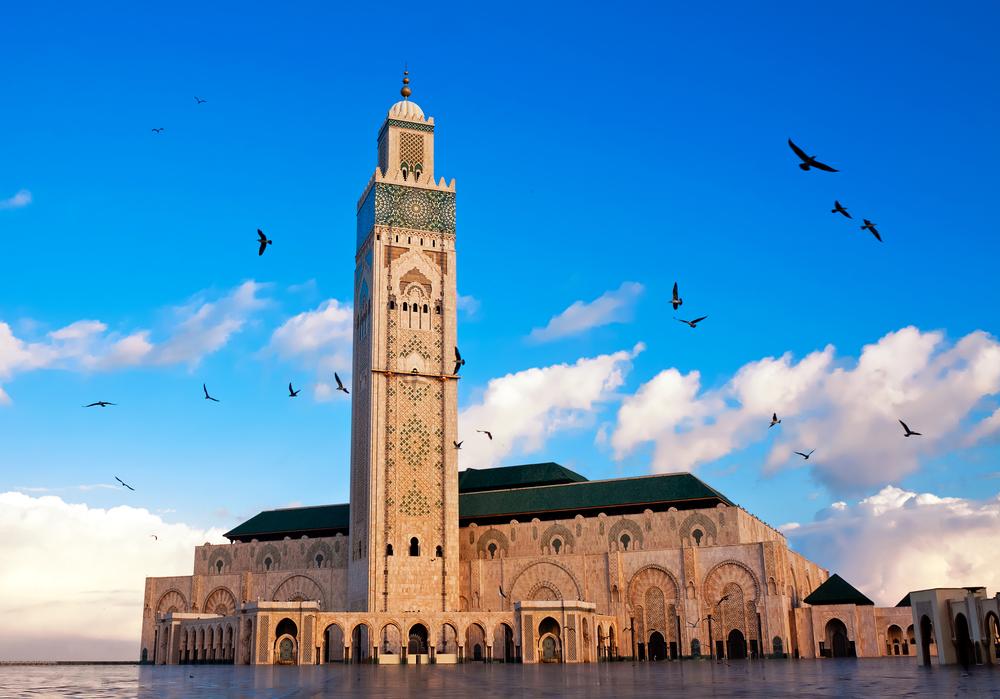
Exploring the Architectural Beauty of Casablanca City
Casablanca's architectural landscape is a testament to the city's rich history and cultural diversity. The city's skyline is dominated by a mix of modern skyscrapers, Art Deco buildings, and traditional Moroccan structures, creating a unique and captivating visual experience.
One of the most iconic architectural landmarks in Casablanca city is the Hassan II Mosque, which combines traditional Islamic design elements with modern engineering and construction techniques. The mosque's towering minaret, intricate tile work, and expansive interior spaces are a true feast for the eyes.
Beyond the Hassan II Mosque, Casablanca city boasts a wealth of architectural gems, including the Casablanca Cathedral, the Habous Quarter, and the city's Art Deco-influenced buildings. Visitors can embark on walking tours or join guided architectural excursions to fully immerse themselves in the city's rich built heritage.
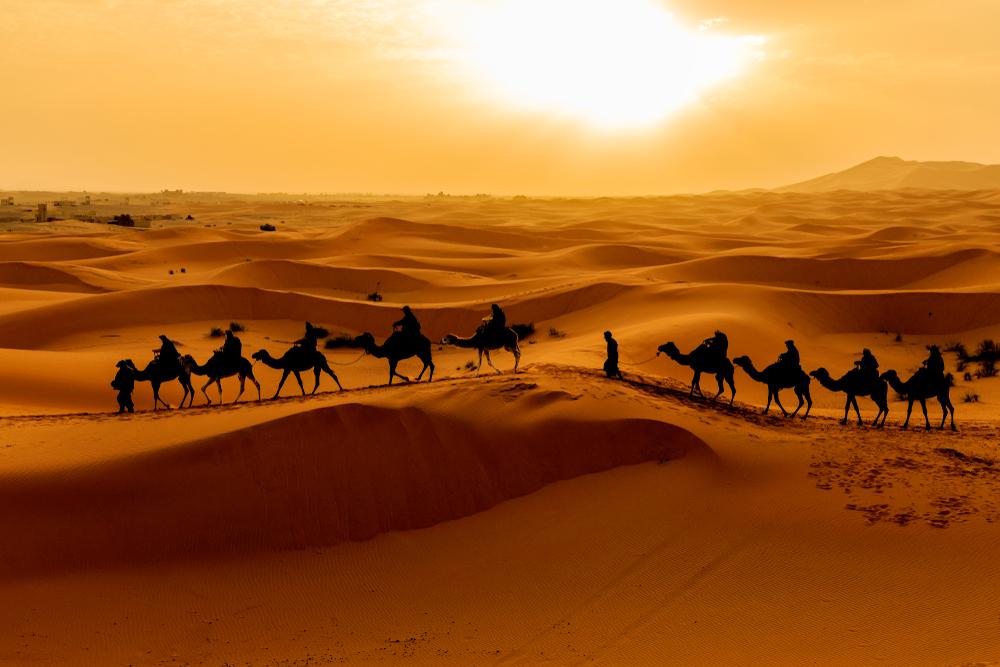
Shopping in Casablanca City
Casablanca is a shopper's paradise, offering a diverse range of shopping experiences that cater to every taste and budget. The city's bustling souks, such as the Old Medina and the Habous Quarter, are the epicenter of traditional Moroccan shopping, where visitors can bargain for handcrafted goods, vibrant textiles, and authentic Moroccan spices and herbs.
Beyond the traditional souks, Casablanca city also boasts modern shopping malls and high-end boutiques that showcase the city's fashion-forward sensibilities. Visitors can explore the chic boutiques of the Anfa Place Shopping Center or the upscale stores at the Morocco Mall, one of the largest shopping destinations in Africa.
For those seeking unique and artisanal souvenirs, Casablanca's artisan workshops and galleries offer a wealth of options, from intricate Moroccan ceramics and metalwork to intricate hand-woven rugs and intricate leather goods.
Want To Visit Casablanca? Check Out Our Most Popular Morocco Trips From Here!
Why Casablanca City Should Be on Your Travel List
Casablanca city on the Moroccan coast, is a must-visit destination for travelers seeking to immerse themselves in a unique blend of history, culture, and modern sophistication. From the iconic Hassan II Mosque to the charming Habous Quarter and the vibrant culinary scene, Casablanca offers an unforgettable travel experience that showcases the best of Morocco.
Discover the enchanting charm of Casablanca City and plan your unforgettable Moroccan adventure today. Contact our travel experts to curate a personalized itinerary that will immerse you in the beauty and richness of this remarkable destination.
